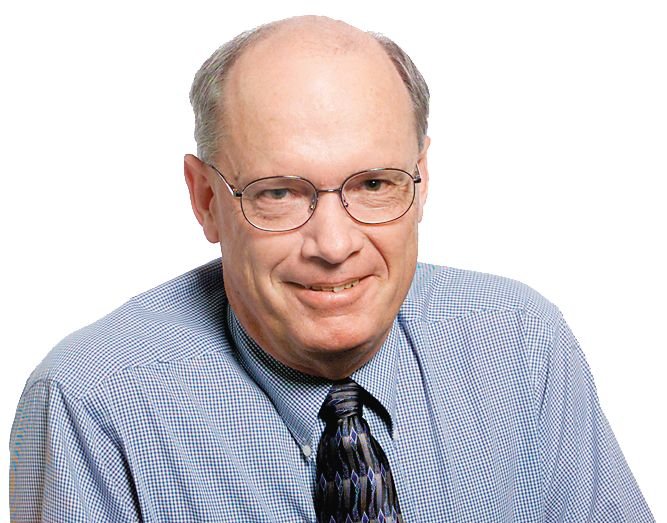Anyone who believes Vancouver can insulate itself against the ultimate arrival of light rail would do well to review light rail systems in other cities where folks believe it’s good to expand transportation alternatives.
We can start that analysis in Portland, which has seen a mixed bag of light-rail news recently. MAX light rail lines are part of the TriMet public transit system, which only last month resolved a $12 million budget shortfall, largely through fare increases and service cuts. Union problems are simmering, and Clackamas County has an anti-light-rail measure on a September ballot.
But there’s no denying the growing popularity of light rail among its users. Although MAX ridership was down in June 2012 over June 2011, ridership increased 2 percent in Fiscal Year 2012 over the previous year.
More than 42 million rides are taken on MAX lines annually. Beyond environmental gains, imagine the money saved in gasoline not burned and parking fees not paid. Light-rail critics complain about costs, but in conducting a cost-benefit analysis, they often ignore the second part of the task. They’re not much interested in the financial benefits of light rail.
In a related matter, TriMet has tightened enforcement against fare cheaters on MAX lines, increasing the force by one-half to 18 officers. The result was a nine-fold increase in citations in June, compared with June 2011.
Since Vancouver will be the northern terminus of the MAX Yellow Line, it’s instructive to study the western end (Hillsboro) and the eastern end (Gresham) of the MAX Blue Line. Since 1998, ridership increases have been 49 percent in Hillsboro and 33 percent in Gresham. I wouldn’t place much value on those statistics, because the weekly totals have gone up only a few thousand over those 14 years, to 16,453 in Hillsboro and 16,208 in Gresham.
Still, light rail has been good for both cities. In a column last year, I quoted Gresham Mayor Shane Bemis: “Light rail has played a big role in energizing downtown (Gresham). Vancouver has done a superb job of revitalizing downtown, especially with mixed-use development around Esther Short Park. Light rail would be wonderful for downtown Vancouver.”
And Hillsboro Mayor Jerry Willey: “Light rail definitely is the wave of the future. I don’t know of any politicians here who resisted it. The only issue is crime, but that’s true with all public transit.”
In Hillsboro since 1990, $1.6 billion in development and 8,645 housing units have been linked to the arrival of light rail.
Light rail in other cities
Seattle, like Portland, is immersed in light-rail funding woes, and ridership is below original forecasts. But Sound Transit light rail is only 3 years old, and ridership in May increased 12 percent over May 2011, according to The Seattle Times. Also, ridership at SeaTac/Airport and Stadium stations is higher than projected, but lower at the Rainier Valley stations. By 2016, light rail lines will be extended to Husky Stadium and to South 200th Street, and a 1,000-space park-and-ride will be added at SeaTac.
In Phoenix, officials are working on early plans for an 11-mile extension of the 20-mile light rail line that opened in 2008. Ridership has outpaced projections, reports azcentral.com.
Salt Lake City is bragging about its 34.1 percent ridership gain in the first quarter, according to KSL.com. That percentage increase ranks second nationally, topped only by a 45.7 percent increase in light rail ridership in Memphis.
Nationwide, the American Public Transportation Association says first-quarter ridership increased in 25 of 27 light rail systems, with an overall increase of 6.7 percent. Among ridership gains are 10.6 percent in Cleveland and 10.2 percent in Houston.
My recommendation: Do not expect these quantifiable gains in ridership to change the minds of light-rail opponents. But I’ll repeat two basic points:
- Light rail is not about 2012. It’s about the distant future.
- Ask your grandchildren if they want light rail.



